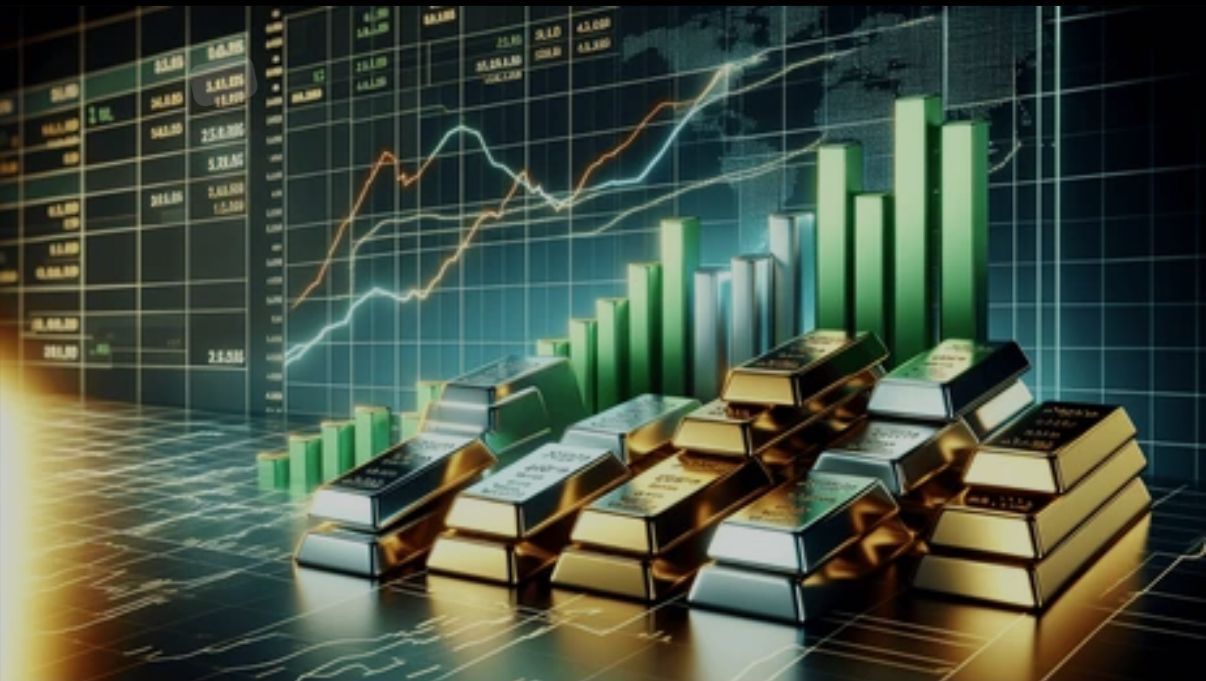Gold & Silver Ratio
understanding gold-silver ratio
The gold-silver ratio is a fascinating concept that has intrigued investors and economists for centuries. It refers to the ratio of the price of gold to the price of silver at any given time.
Historically, gold and silver have been used as forms of currency and stores of value. They have been prized for their beauty, rarity, and intrinsic worth. The gold and silver ratio provides insight into the relative value of these precious metals and can be a useful tool for investors.
The ratio is calculated by dividing the price of gold per ounce by the price of silver per ounce. for example, if gold is priced at $2000 per ounce and silver is priced at $25 per ounce, the gold and silver ratio would be 88 (2200/25=88)
the ratio is influenced by various factors, including supply and demand dynamics, economic conditions, and investor sentiment. it can fluctuate significantly over time and has been known to reach extreme levels. historically, the average ratio has been around 60, meaning it would take 60 ounces of silver to buy one ounce of gold.
Investors often use the gold-silver ratio as a guide for making investment decisions. When the ratio is relatively high, it may suggest that silver is undervalued compared to gold, potentially presenting a buying opportunity for silver. Conversely, when the ratio is low, it may indicate that gold is undervalued compared to silver.
it's important to note that the gold and silver ratio is just one factor to consider when making investment decisions. it should be used in conjunction with other indicators and analysis.
in conclusion, the gold and silver ratio provides valuable insights into the relative value of these precious metals. understanding this ratio can help investors make informed decision and navigate the ever-changing landscape of the financial markets.







